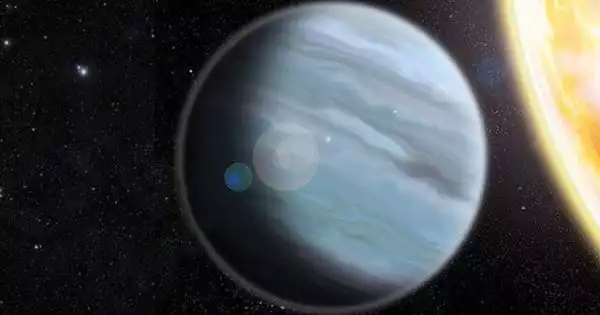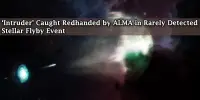As Earth passes through the dusty debris of numerous comets in November and December, meteor showers are abundant. Comet Tempel-Tuttle is the most recent, bringing us the Leonids, which peak tonight. Because of the bursts of light created by dust and rock fragments – some as small as a grain of sand – burning up in the atmosphere when Earth passes through a comet’s tail, meteors known as shooting stars. Meteor peaks occur when we pass through the most particles in a comet stream, resulting in the lightest, brightest, and most numerous shooting stars.
The Leonids may not have a spectacular year in 2021 – they are known for having a meteor shower every 33 years, with thousands of shooting stars visible per hour, so mark your calendars for 2035 – but you should be able to view between 10 and 15 meteors per hour tonight. So bundle up comfortably, locate a dark area away from artificial lights, and enjoy some stargazing.
Although meteor showers are called for the constellation from where they emerge (in this case, Leo, the lion), they really occur from all directions in the sky, so you do not need to gaze in any certain direction — only up.
After the Moon has set, the ideal time to search for the Leonids is soon before dawn. You can find out what time it is in your area by clicking here. If you are looking for shooting stars, go to the darkest area you can and wait 15-20 minutes for your eyes to adapt. There is no need for specialized equipment.
The almost full Moon might throw a wrench in the plans since its brightness could outshine any passing space objects. If you miss the cosmic fireworks, you can always go out tomorrow night to see the longest partial lunar eclipse in 600 years, which will not be broken for another 648 years.
If you cannot make it tonight, the Leonids will be visible for the remainder of the month, lasting from about November 6 to 30. The Geminids follow, lasting from December 4 to 20, with a peak on December 13-14 this year.
With roughly 120-150 shooting stars each hour, the Geminids are regarded as one of the finest celestial light shows of the year, so mark your calendar for that one. The Ursids take over from December 17 to 26, culminating on December 22. We will remind you next month, so do not worry!
















